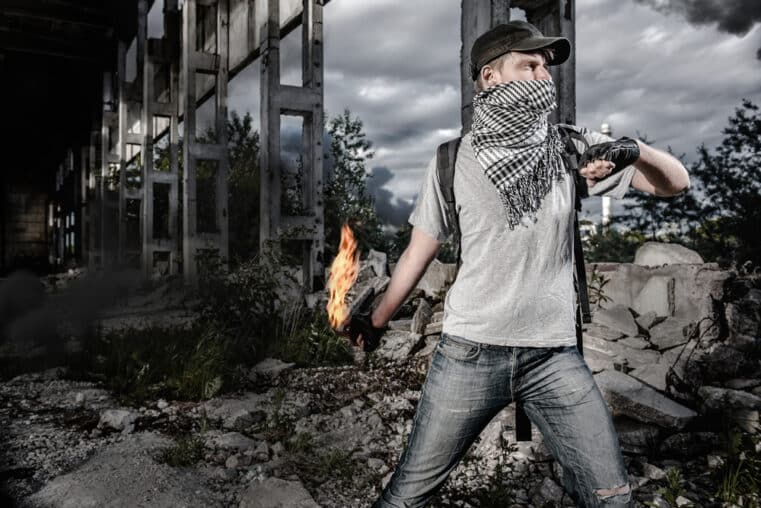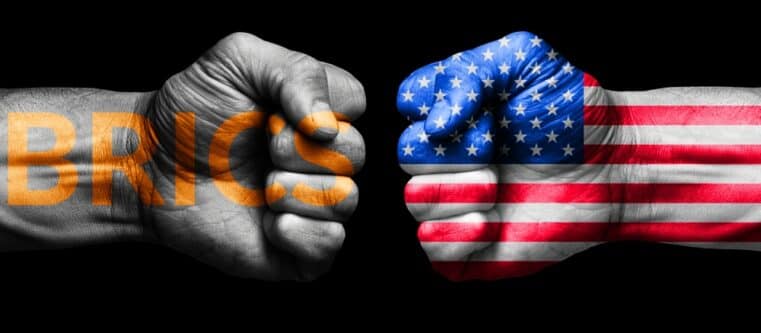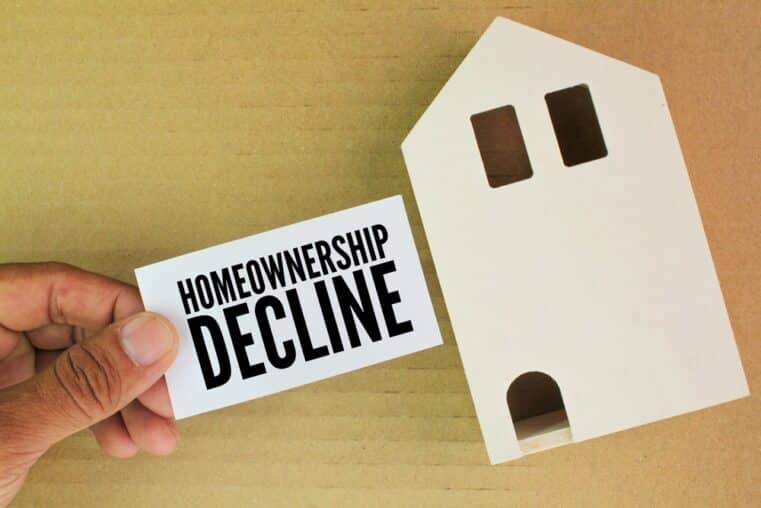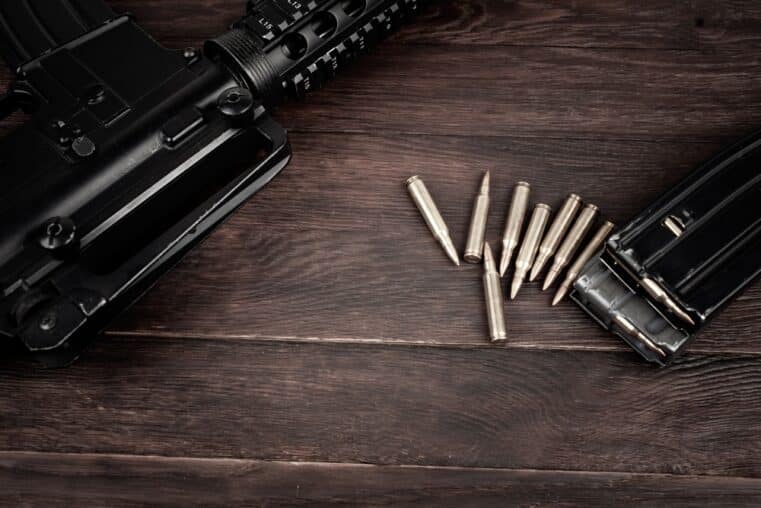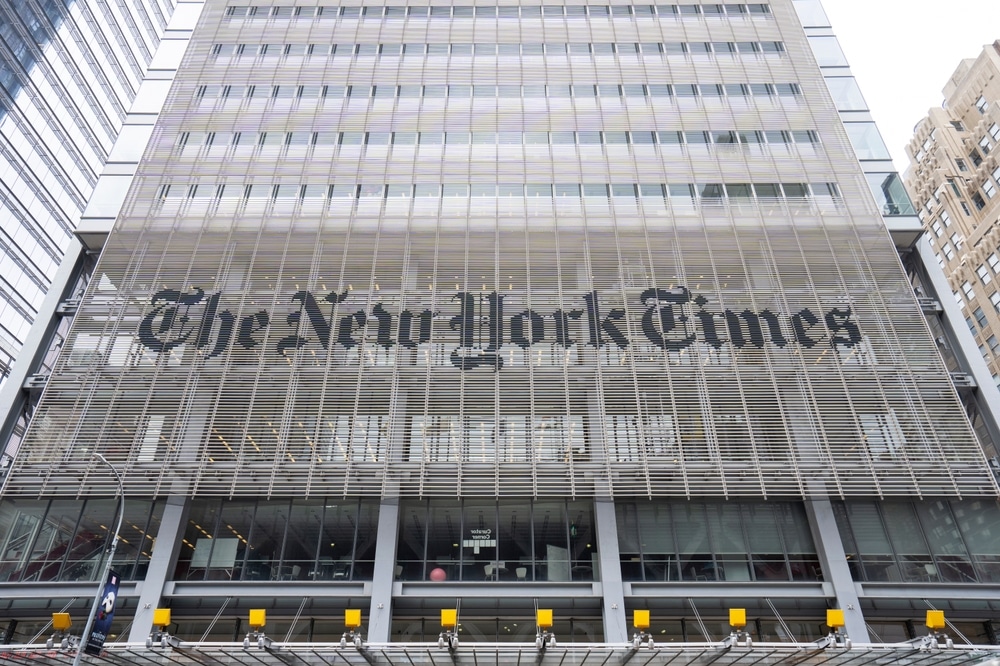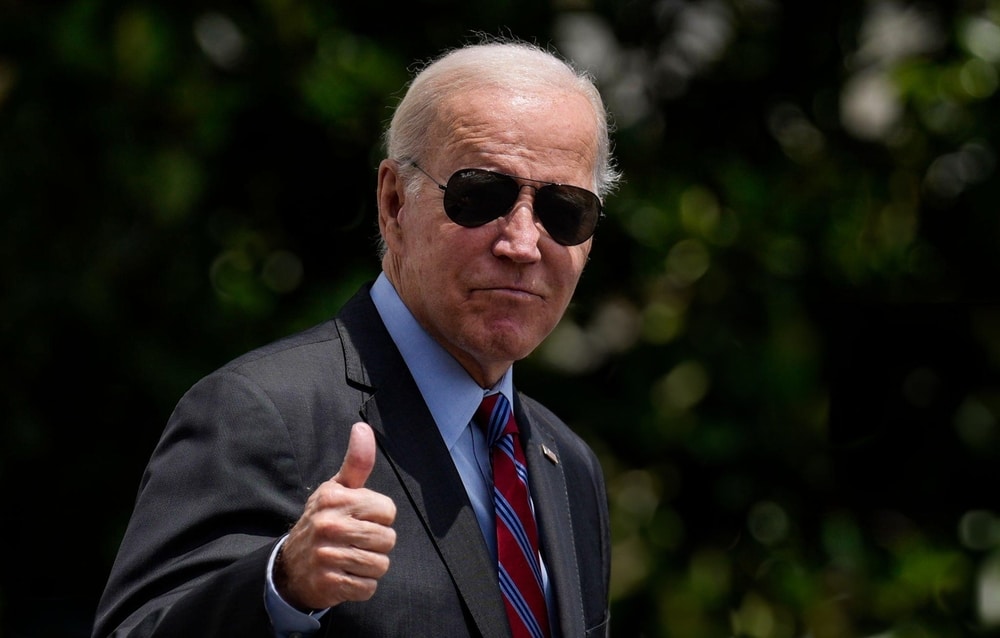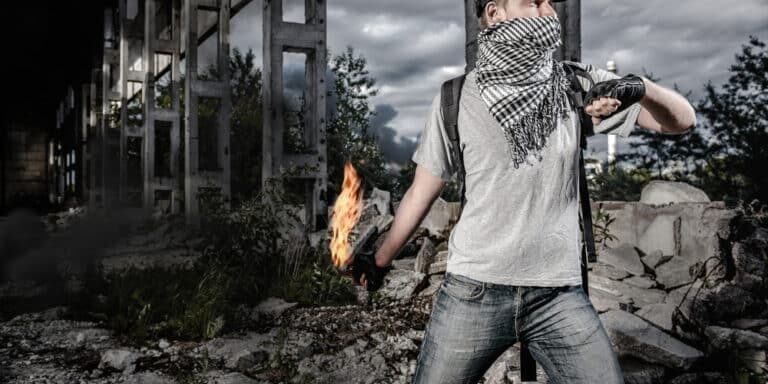
Riots as a Mirror: How Centralized Authority Fuels Unrest
From Peaceful Protest to Violent Eruption
Once again, Los Angeles has erupted in riots—this time sparked by opposition to President Trump’s deportation initiatives. What began as constitutionally protected demonstrations quickly descended into violence: cars torched, businesses looted, neighborhoods paralyzed.
While the National Guard and Marines were dispatched to help local law enforcement, their intervention mostly succeeded in escalating tensions. Rubber bullets, tear gas, and scattered arrests did little to restore order and instead seemed to deepen the resentment and volatility on both sides.
This is not unique to any one administration. When the same authority that is the target of protest assumes responsibility for containing it, the results are predictably chaotic. The incentives are clear: state actors must be seen to act decisively without appearing to crush dissent. The outcome, too often, is a volatile mix of half-measures that neither protect property nor respect civil liberties.
The State’s Double Role: Provocateur and Suppressor
Riots are rarely spontaneous. They almost always emerge in response to state interventions—be it police conduct, immigration enforcement, or sweeping legislative mandates. The protestors are frequently motivated by the perception that their concerns are ignored through regular channels.
When people believe peaceful protest is ineffective, some escalate into destruction and violence. In many cases, opportunistic looters exploit the chaos to ransack businesses that have no connection to the political dispute. The result is the worst of both worlds: law-abiding citizens are endangered, and legitimate grievances are overshadowed by mayhem.
Adding to the dysfunction is the reality that private individuals have limited recourse. Defending yourself or your property—especially in public spaces—can lead to criminal charges, while those inciting or participating in the riots often face minimal consequences. In effect, the state assumes a monopoly over both security and justice but proves incapable of providing either consistently.
Optics Over Outcomes
While public officials often claim their first priority is protecting life and property, their actions are shaped by another imperative: managing public perception. Leaders are reluctant to be seen as overly aggressive, especially when protests center on civil rights or humanitarian issues.
This balancing act—projecting control without appearing authoritarian—often yields a response that is neither proportionate nor effective. It’s not uncommon for journalists or bystanders to suffer injury while the most destructive actors slip away. In the end, the costs are borne by local communities, who pay in lost livelihoods and diminished trust in public institutions.
A Private Alternative: Property Rights as a Stabilizing Force
While no system will eliminate conflict entirely, a social order rooted in property rights offers clearer incentives and more predictable consequences. In a voluntary framework, property owners and private defense organizations have a direct stake in preventing and deterring violence.
Without a single, centralized target—namely, the state—large-scale riots become less likely. Disputes can be addressed through boycotts, private arbitration, or other non-violent means. When aggression does occur, accountability is direct: those who destroy property face real consequences enforced by entities that must answer to their clients.
Insurance-based security services, as outlined by thinkers like Hans-Hermann Hoppe, create a strong deterrent effect. Individuals who initiate violence risk not only legal consequences but also the loss of reputation and protection. Meanwhile, firms that fail to uphold their contracts face economic failure rather than taxpayer-funded bailouts.
Beyond Partisan Narratives
It is easy to attribute these crises to a particular administration or ideology, but that misses the point. Whether under a conservative or progressive government, the same pattern emerges: centralized authority intervenes, grievances build, protests erupt, and responses escalate the damage.
What remains is the sobering reality that the state—by its very design—struggles to uphold order impartially while respecting rights. If society is serious about reducing the cycles of unrest, it must look beyond government solutions and consider frameworks that align incentives with the defense of property and individual liberty.
Take Action to Protect Yourself
While no system change will happen overnight, you can take steps now to safeguard your assets and reduce your exposure to institutional failures. Bill Brocius’ insights into building financial resilience apply just as powerfully to personal security.
Download Bill’s free guide, “7 Steps to Protect Your Account from Bank Failure,” and begin securing your independence today:
👉 Download the 7 Steps Guide
Consider going deeper:
- Read Bill’s book, End of Banking As You Know It, to understand the roots of systemic dysfunction.
- Subscribe to the Inner Circle Newsletter for $19.95 and receive exclusive analysis on how to defend your wealth and freedom in uncertain times.
History shows that waiting for the state to solve the crises it creates is a losing bet. Choose self-reliance—and start today.



